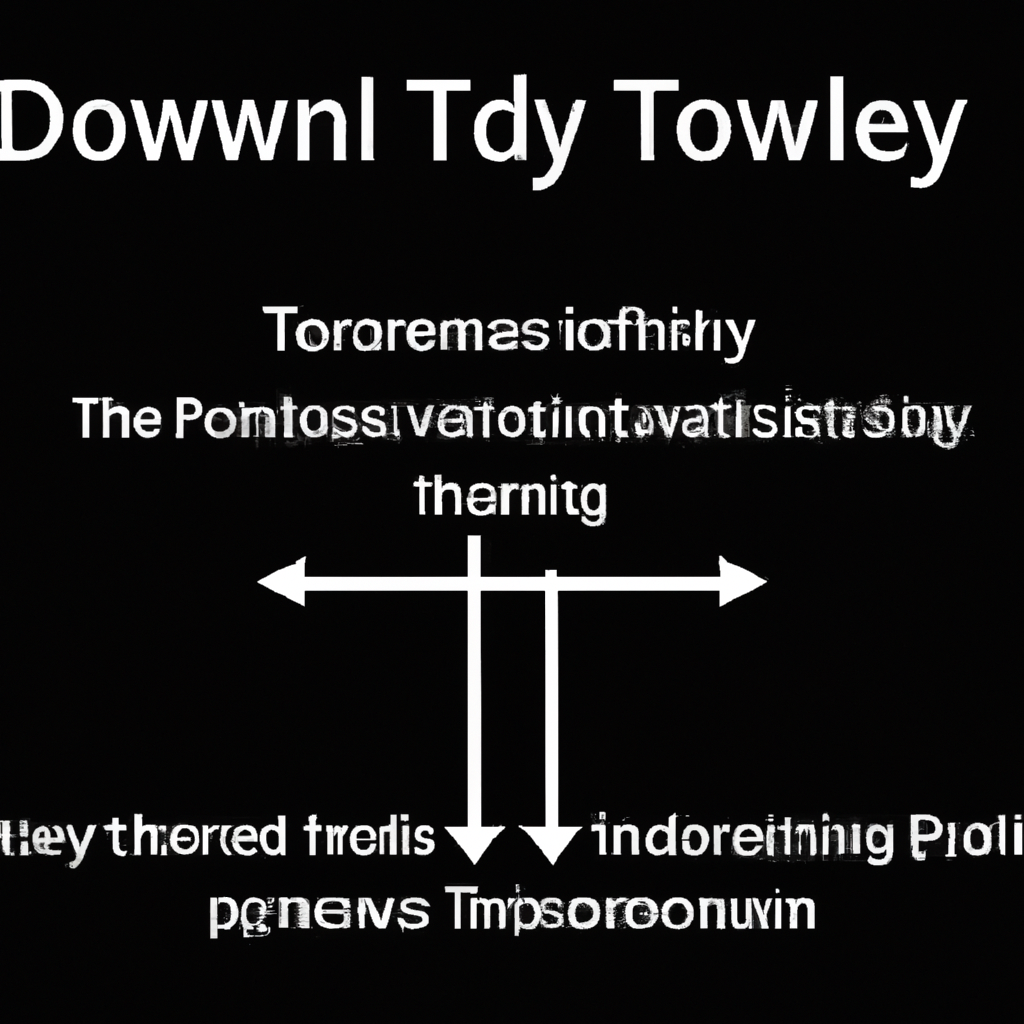The Dow Theory Principles in Trading
Introduction
The Dow Theory, developed by Charles H. Dow in the late 19th century, is one of the foundational principles of technical analysis in trading. It provides traders with a framework for understanding market trends and making informed investment decisions. In this article, we will explore the key principles of the Dow Theory and how they can be applied in trading.
The Six Dow Theory Principles
1. The Market Discounts Everything
According to the Dow Theory, the price of a security reflects all available information, including fundamental factors, market sentiment, and expectations. Therefore, traders should focus on analyzing price patterns and trends rather than trying to predict future events.
2. The Market Moves in Trends
The Dow Theory states that markets move in primary trends, which can be classified as either bullish (upward) or bearish (downward). These trends can last for months or even years, and traders should align their positions with the prevailing trend to maximize profits.
3. The Market Has Three Movements
Dow Theory identifies three types of market movements within the primary trend: the main trend, the medium swing, and the short swing. The main trend represents the overall direction of the market, while medium and short swings are temporary corrections or counter-trend movements.
4. Confirming Indices
The Dow Theory suggests that market trends should be confirmed by multiple indices. For example, if the Dow Jones Industrial Average and the S&P 500 both show a bullish trend, it increases the likelihood of a sustained market uptrend. Traders should look for consistent signals across different indices to validate their trading decisions.
5. Volume Confirms the Trend
Volume is an essential component of the Dow Theory. It states that trading volume should increase in the direction of the primary trend. Higher volume during upward moves indicates bullishness, while higher volume during downward moves suggests bearishness. Volume acts as a confirmation tool for trend analysis.
6. Trends Persist Until Reversal
The final principle of the Dow Theory asserts that trends persist until a clear reversal signal is observed. Traders should not assume a trend has ended based on minor fluctuations or temporary reversals. Instead, they should wait for a confirmed reversal pattern before changing their trading strategy.
Applying Dow Theory in Trading
Identifying the Primary Trend
To apply the Dow Theory, traders should first identify the primary trend by analyzing long-term price charts. This can be done by drawing trendlines, using moving averages, or employing technical indicators. Once the primary trend is established, traders can focus on finding entry and exit points within that trend.
Confirming with Multiple Indices
To validate the primary trend, traders should analyze multiple indices or related securities. For example, if trading stocks, they may consider comparing the performance of different sectors or benchmark indices. Consistent trends across various markets increase the reliability of the analysis.
Volume Analysis
Volume analysis is crucial in Dow Theory. Traders should pay attention to volume patterns that confirm the primary trend. Increasing volume during price advances or declines indicates strong market participation, supporting the sustainability of the trend. Conversely, decreasing volume may suggest a weakening trend or an upcoming reversal.
Waiting for Reversal Signals
Traders should exercise patience and wait for clear reversal signals before changing their positions. Reversal patterns, such as double tops or bottoms, trendline breaks, or divergences in indicators, provide confirmation that a trend is ending. Jumping the gun on reversals can lead to premature exits or entries, resulting in missed opportunities or losses.
Conclusion
The Dow Theory provides traders with a comprehensive framework for understanding market trends and making informed trading decisions. By following its principles, traders can identify the primary trend, confirm it through multiple indices, analyze volume patterns, and wait for reversal signals. Applying the Dow Theory can enhance trading strategies and improve the probability of success in the dynamic world of financial markets.

